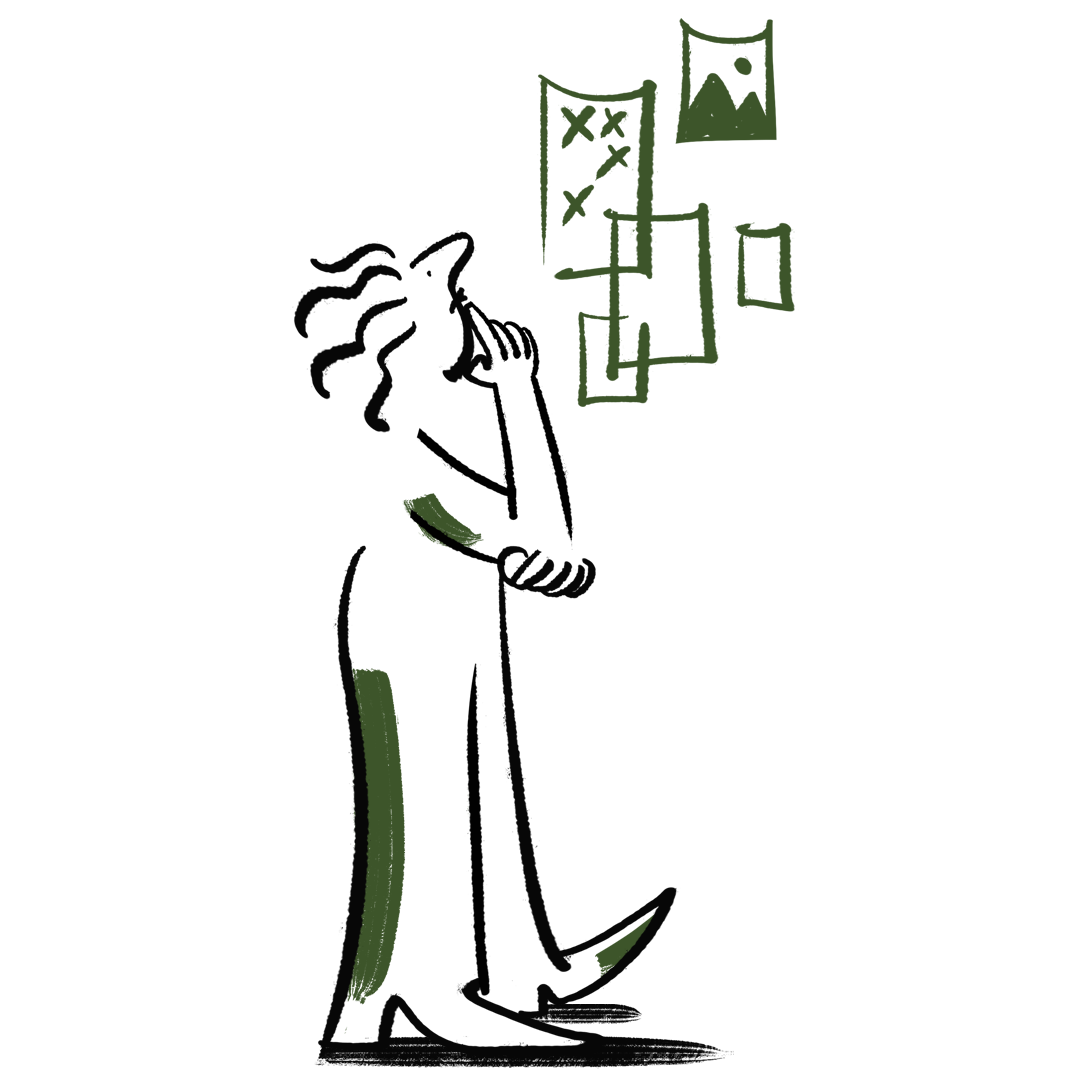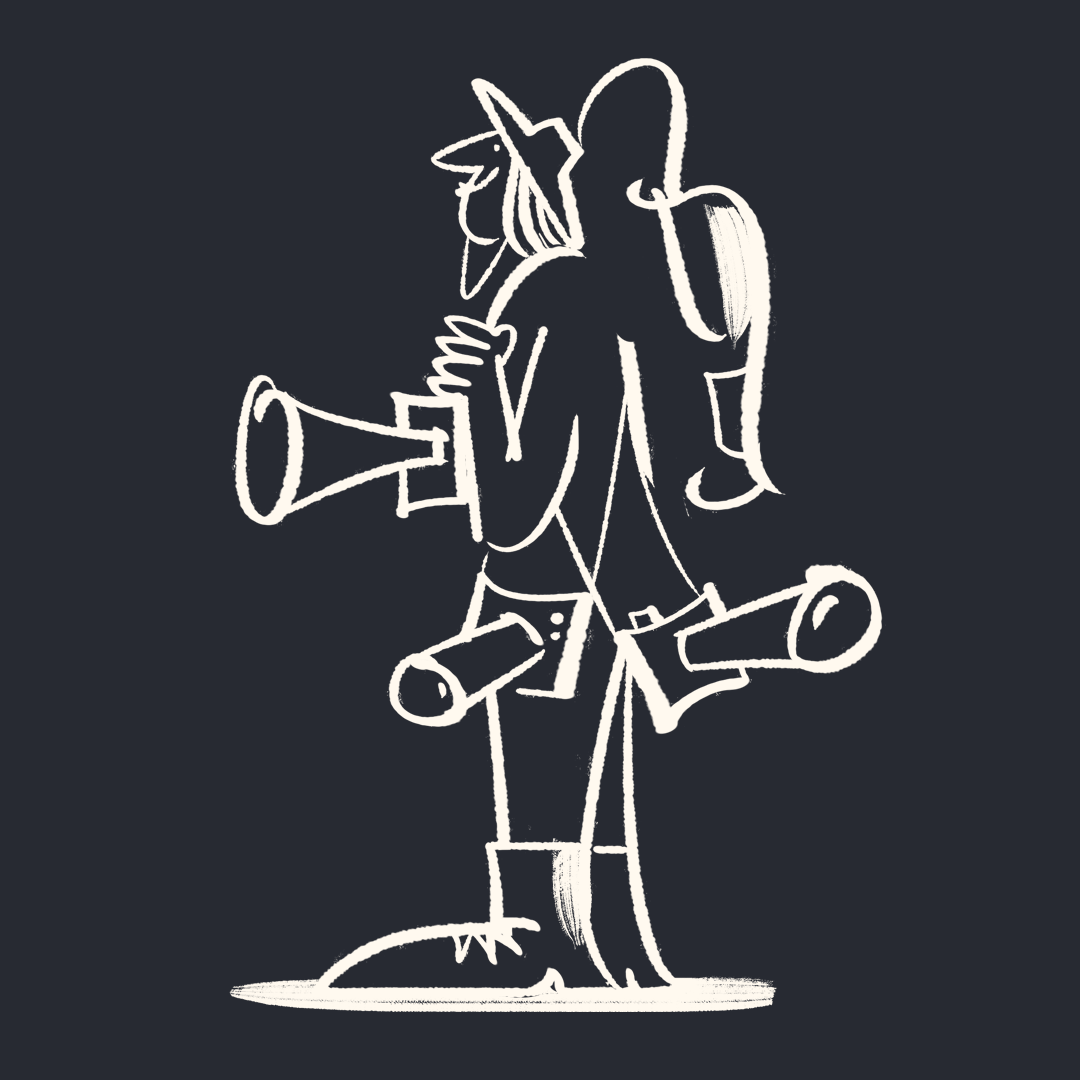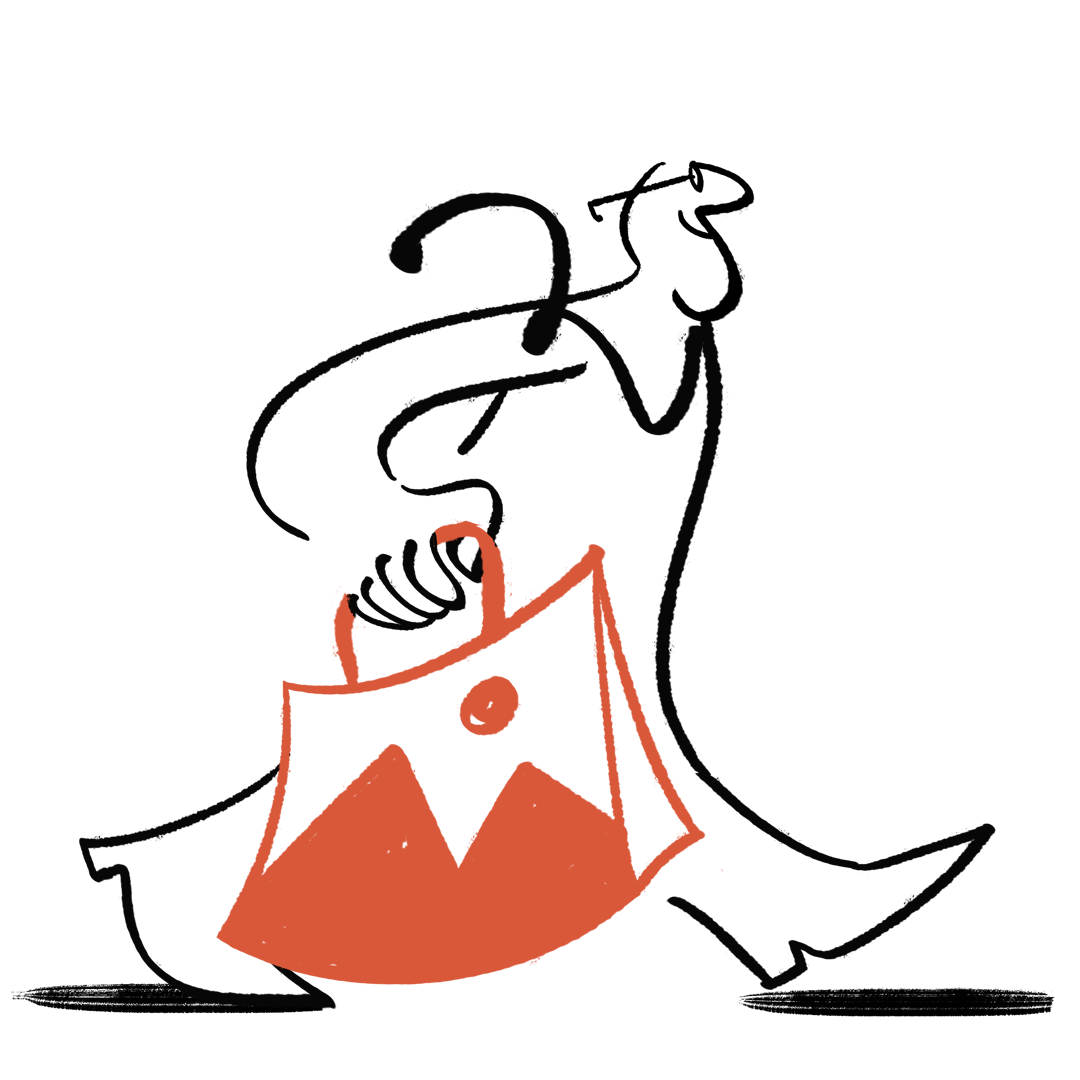Visualize a wider world
13
UKRAINE RUSSIA CONFLICT
At least 17 killed and dozens more injured in Russian missile strike in Ukraine's Chernihiv
17.4.2024 by NATALIA LEVDOKYMOVA
22
BELGIUM SPECIAL EU SUMMIT
EU leaders meet in Brussels for Special European Council
17.4.2024 by OLIVIER HOSLET
11
MIDEAST ISRAEL PALESTINIANS CONFLICT
Palestinians rally to mark Prisoners' Day, in the West Bank city of Nablus
17.4.2024 by ALAA BADARNEH
36
IRAN ARMY DAY
Iran holds celebrations on National Army Day
17.4.2024 by ABEDIN TAHERKENAREH
32
MIDEAST ISRAEL PALESTINIANS GAZA CONFLICT
Israel continues military operations and air strikes in central Gaza
17.4.2024 by MOHAMMED SABER
41
epaselect USA NEW YORK TRUMP HEARING
Former US President Trump attends second day of hush money trial
17.4.2024 by JUSTIN LANE
67
DENMARK FIRE
Danish emergency crew continues to work a day fire engulfed stock exchange building
17.4.2024 by Liselotte Sabroe
3
MIDEAST ISRAEL PALESTINIANS GAZA CONFLICT
Israeli President Herzog receives British and German Foreign Ministers in Jerusalem
17.4.2024 by MAAYAN TOAF / GPO HANDOUT
Wednesday 17 April
17 Apr
03H00
News
published
US Ambassador to the United Nations Linda Thomas-Greenfield visits South Korea
South Korea
17 Apr
10H00
Tehran
News
published
Iran holds celebrations on National Army Day
Iran
17 Apr
12H00
Brussels
News
published
EU leaders meet in Brussels for Special European Council
Belgium
Our solutions
Choose your perfect plan, pack, or professional.
Picture packs
Basic licenses for digital editorial purposes
Save money with our
Pre-Paid Packages.
Video packs
Basic licenses for digital editorial purposes
Save money with our
Pre-Paid Packages.
Book a Professional
Access our global network of professionals
Ask for a quote
Billed per project
Curated collections
Check out EPA's latest curated collections











